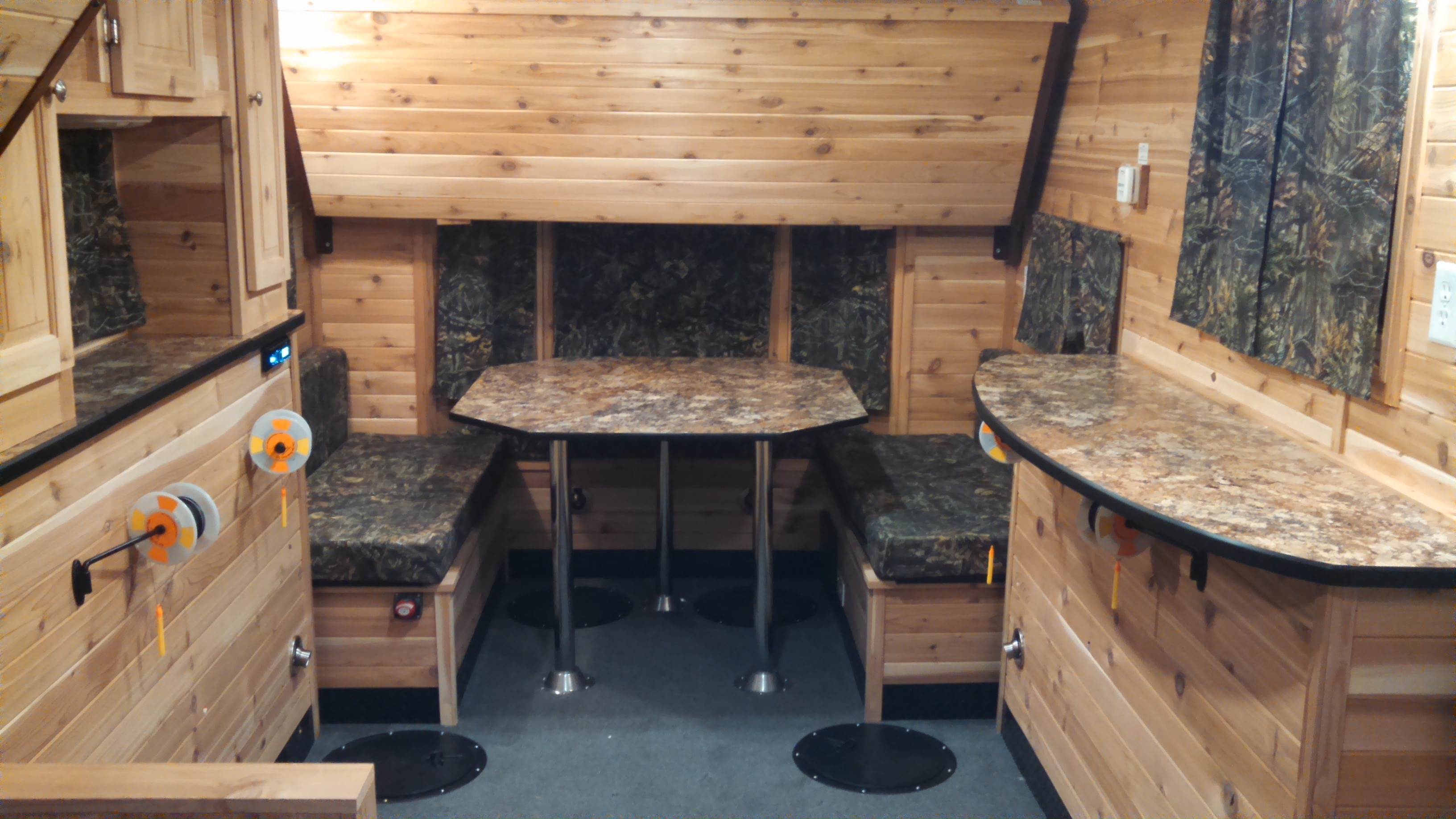Table Of Content
- Ice house (building)
- The Conga Room welcomed Latin luminaries for 25 years. Why club founders say it’s time to let it rest
- Historic Ice Harvesting in Woods Hole
- If you were very rich and liked your food kept fresh in Summer, this is what you did!
- How did the use of ice houses in the 19th century impact food preservation and transportation methods?
- How were ice houses constructed in the 19th century?
- What was the functioning mechanism of an ice house during the 19th century?

Cheers thundered across a packed arena in Ottawa as fans stood and shouted support for the home team and vitriol at the visitors. Young girls in peewee jerseys, bearded bros in Ottawa red and women holding signs with slogans like “Girls Supporting Girls” all lent voice to the mounting excitement. “I’m all about gardens connecting the architecture into the landscape,” landscape architect Timothy John Palcic tells AD PRO. He used a limited palette of chartreuse and dark hues that nod to the brick exterior and arranged benches to create intimate seating areas within the larger English-garden-inspired space. A brick-walled patio became a party-ready outdoor kitchen and dining area thanks to Douglas R. Santicola of Outdoor Elegance. Santicola and Monique Wood installed Caesarstone countertops fabricated by Carlito’s Way Stone to create a functional space for outdoor entertaining.
Ice house (building)

In the 1880s, New York City had over 1500 ice delivery wagons and Americans consumed over 5 million tons of ice annually. The heyday of the icemen and ice delivery peaked in the late 19th century and early 20th century, with the rise of urbanization and the growing popularity of refrigeration. Icemen had to handle heavy blocks of ice, often using large ice tongs or hooks to grip and maneuver them. The icemen’s schedules were often dictated by the natural melting rate of the ice, requiring them to work quickly and efficiently to ensure timely deliveries. The ice blocks were loaded onto horse-drawn or hand-pulled carts, and the icemen set out on their routes, navigating through city streets and rural areas.
The Conga Room welcomed Latin luminaries for 25 years. Why club founders say it’s time to let it rest
In the latter case, men would be commissioned to take a voyage to the Arctic, to chip pieces of ice from huge icebergs to satisfy the need back home. Even, Benjamin Franklin is credited with cooling off the palates of the delegates of the constitutional convention while idle one evening. He secured cream from a neighbor’s cow, and used his ice from the storehouse. Trump also faced national criticism in 2017 when he announced transgender people were barred from military service, when about 15,000 transgender people were enlisted at the time. In 2019, he barred U.S. embassies from displaying the rainbow or pride flag during Pride Month. Women’s pro hockey has a fractured history, with various leagues on four continents dividing up the talent and fans.
Historic Ice Harvesting in Woods Hole
The Young Yukes will be perform April 28 at the Ice House - Herald-Mail Media
The Young Yukes will be perform April 28 at the Ice House.
Posted: Sat, 27 Apr 2024 08:14:39 GMT [source]
The purpose of ice houses in the 19th century was to provide a means of storing and preserving ice for various uses, especially during warmer months. Ice houses were typically constructed as small buildings or underground chambers with thick walls and insulated roofs to keep the stored ice from melting quickly. Ice was harvested from frozen bodies of water, such as lakes or ponds, during the winter months, and then transported to the ice house for storage. The ice would be stacked in layers separated by insulating materials like straw or sawdust to prevent them from sticking together and to slow down the melting process.
This iceman appears to be using something similar to a log carrier rather than the big tongs I saw being used in Oklahoma City. The iceman typically delivered to apartments, but this block of ice was left on Mulberry Bend in 1897, in New York. However, domestic production and sales were the largest single market source for ice in America and Europe. From the 1850s onwards ice cutting took on large-scale industrial proportions in Germany with Berlin as a key market.
Delivering Blocks of Ice: The Story of the Icemen Through Vintage Photos
The icehouse pictured in the Horticulturist was sited in a densely planted area and dressed in a rustic picturesque so that it blended into the naturalistic landscape. Moreover, the development of ice houses revolutionized transportation methods during the 19th century. The stored ice could be used to refrigerate train cars, ships, and other modes of transportation, enabling the safe and efficient movement of perishable goods over long distances. This advancement opened up new markets for farmers and allowed for the distribution of fresh produce beyond local regions.
How did the use of ice houses in the 19th century impact food preservation and transportation methods?
A man lifts a block of ice, using tongs, from an International D-15 truck owned by the Salem Ice Company as he makes a delivery to what appears to be a restaurant. But it was made into a lucrative business when Fredric Tudor decided to make money from old fashioned New England winters. Tudor, born in 1783 in Boston, Massachusetts would be known as the “Ice King”.
How were ice houses constructed in the 19th century?
Outside dimensions should be at least two feet longer and wider than these figures and–if you keep cows–you’d better double the amount of ice right in front. An office space in the Gatehouse is now a soothing spa-inspired lounge designed by Margaret Lalikian. The designer referenced the house’s original name, El Robles—Spanish for oak tree—with a tree-filled landscape mural by Arpy Dabbaghian. “For the wall mural, I had to pick something to bring them into nature and a calming environment,” Lalikian says. Hacking away at ice dams with a hammer, chisel, or shovel is bad for your roofing—and dangerous for you.
Fish house breaks through ice into Prior Lake, refreezes in place - Star Tribune
Fish house breaks through ice into Prior Lake, refreezes in place.
Posted: Tue, 13 Feb 2024 08:00:00 GMT [source]
Last year, breakup was delayed by one to two weeks after a particularly cold April; this year, warm weather meant an earlier breakup. You can also diminish the damage after the dam has formed with… pantyhose! Fill the leg of discarded pair of pantyhose with a calcium chloride ice melter. Lay the hose onto the roof so it crosses the ice dam and overhangs the gutter. Pull off snow with a long-handled aluminum roof rake while you stand safely on the ground.
Ice from ice house was most commonly used for the storage of perishable foods but it was also used for cooling the drinks or making cold desserts. An ice house served as a means of storing and preserving ice during the 19th century. During this time, refrigeration technology was not yet widely available, so people relied on natural ice for various purposes. In the 19th century, the use of ice houses had a significant impact on food preservation and transportation methods. Ice houses were buildings designed to store large quantities of ice, which was harvested from frozen bodies of water during the winter and stored for use throughout the year.

In 1884 it was reported that almost every home but the poorest had ice boxes. It became normal for homes to post a sign in the window whenever they needed more ice. However up until the 1930s these meals were mushy, frozen with ice shards, and not very appetizing. Regardless of the early pitfalls of frozen foods, there was still a lot to benefit from in having a home ice box. In New England, just as the ice grew thicker during plunging temperatures, a harvest was pending. Men of the early twentieth century and before slipped on their shoes, tightened their belts and prepared their horses for a harvest at a local pond.
They were also typically covered with a layer of insulating material like sawdust or hay to provide additional protection against heat. Ice houses were designed with a system of vents that allowed air to circulate. This circulation helped to maintain a constant temperature and prevent the ice from melting too quickly.

No comments:
Post a Comment